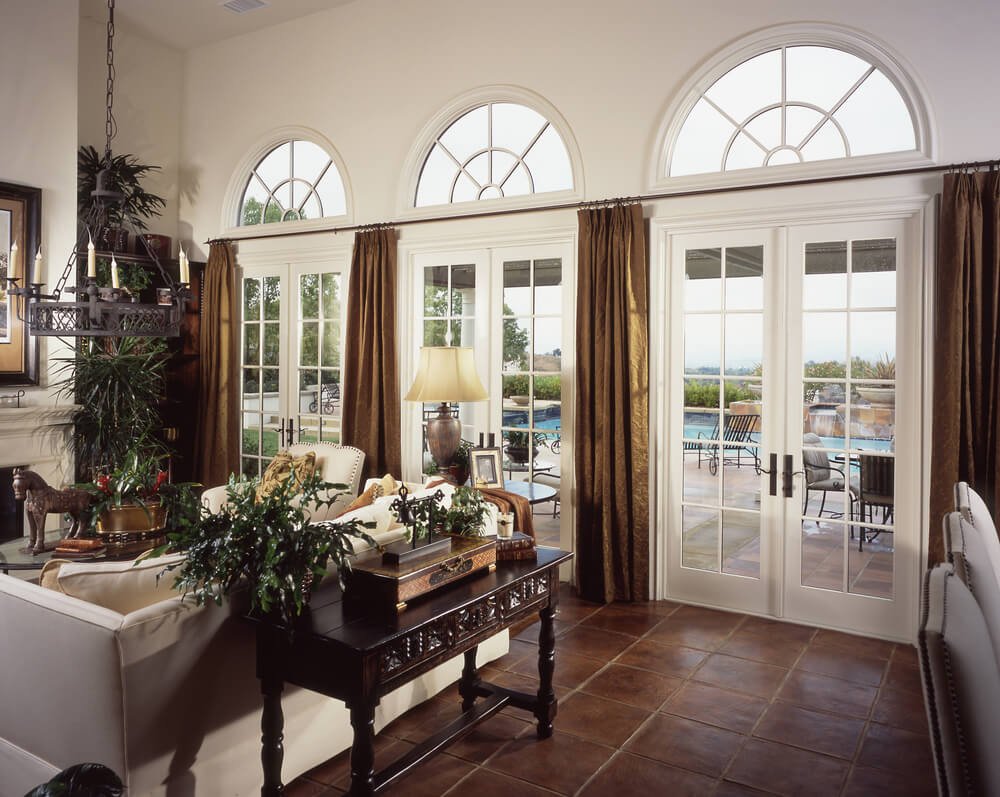The Psychology Behind Home Colour Combinations: Choosing the Right Palette for Your Space
Selecting the ideal paint for your home can be both thrilling and intimidating. The colours you choose will establish a vibe and stir up emotions as you move around your space. With so many paint options available, it can take time to know where to begin.
Keep reading for a step-by-step guide to selecting paint colours that you will enjoy living with.

Determine Your Style and Goals
Before hitting the paint store, think about the overall aesthetic you’re aiming for. Are you looking to create a relaxing retreat or pep up a room with brighter, bolder colours? Do you want to showcase certain architectural details or seamlessly blend walls into the background? Outline your goals, themes, and preferences so you have direction moving forward. This will help narrow your focus.
Gather Inspiration
Sift through home decor magazines and design blogs for examples of spaces sporting colour schemes you’re drawn to. Save images that catch your eye to an idea book on a Pinterest board for easy reference later.
Notice if certain hues pop up repeatedly that appeal to you. Draw inspiration from whatever sources resonate, whether it’s nature, artwork, or even wardrobe colours that flatter you.
Take Stock of What You Already Have
Examine the existing elements of the space you’ll be painting- furniture, rugs and other textiles, window treatments, etc. Make a note of these key pieces and colours since your new wall colour will need to work alongside what you currently own. Trying to match your paint choice perfectly could prove frustrating; instead, aim to pick a complementary or contrasting shade that interacts nicely.
Lighting is Key
Evaluate the room at different times of the day so you can gauge how natural and artificial light might interact with potential paint choices.
Colours look dramatically different in morning light versus evening light. What may seem like the perfect soft green in the day could read too bold or bright at night.
Paint large sample swatches and view them during both daytime and evening to test colours accurately.
Pick Your Paint Sheens Wisely
Sheen refers to the glossiness or shine of the dried paint. Typically, ceilings and walls are painted in flat or eggshell finishes which help hide imperfections.
Meanwhile, semi-gloss and gloss sheens make for durable, washable trim. Make sheen selections based on the area of the home and function.
Glossy paint on walls will emphasise flaws. Remember that colour intensity strengthens as sheen levels increase.
Don’t Forget the Undertones
Notice whether paint colours lean warm or cool in tone. Warm shades have hints of red and yellow, like peach, gold, or rust. Cool tones skewing blue and green come across as more tranquil.
If you’re pairing colours in one room, stick with either warm or cool for visual harmony. Neutral backgrounds shouldn’t fight with bolder accent walls or brightly coloured furnishings either.
Experiment with Samples
Never decide on a paint colour based solely on those tiny paint strips! Invest in some quart or pint-sized samples and paint decent-sized swatches on your walls. Evaluate how the colour changes throughout the day and works alongside your existing palette. Painting samples eliminates getting stuck with several gallons of a less-than-ideal shade.
Conclusion
Choosing the right colour of paint for your home can be a tough decision, but with some inspiration, planning, and trying out different samples, you’ll definitely find a colour that suits your space perfectly. And if you can’t decide, there are always safe colours like grey, beige, or white to choose from.



